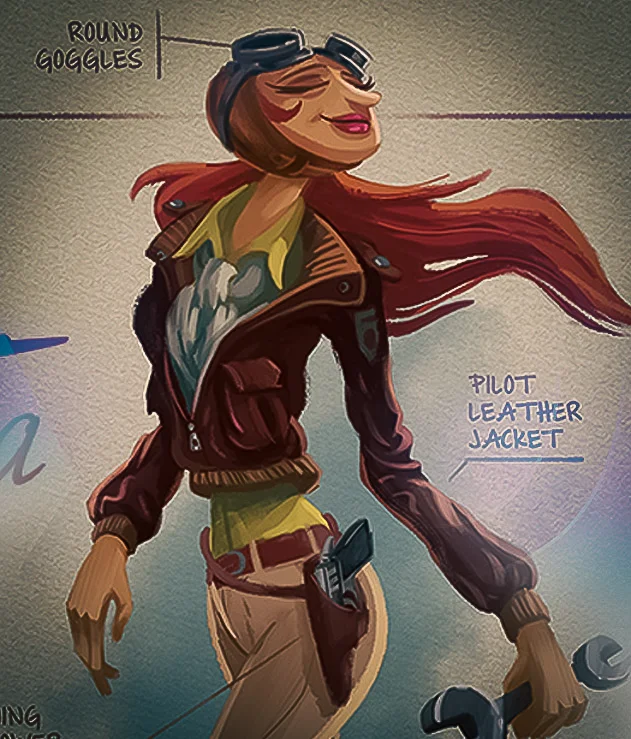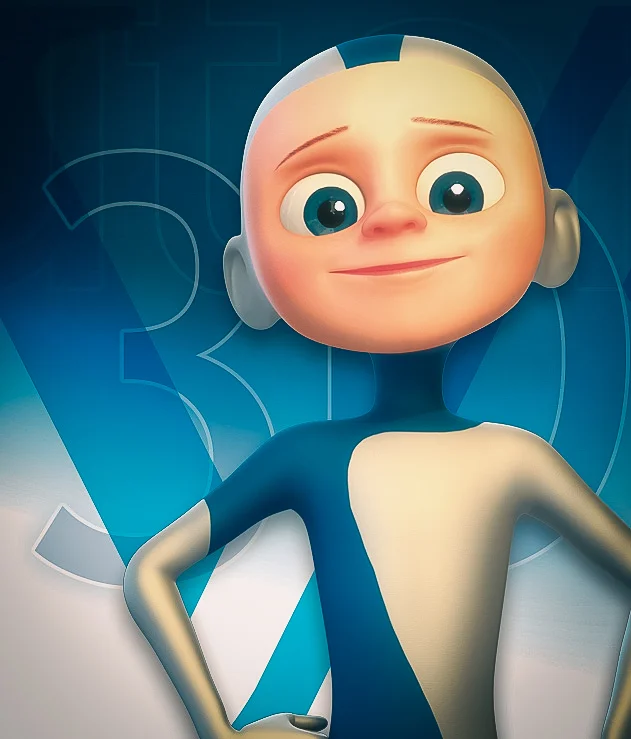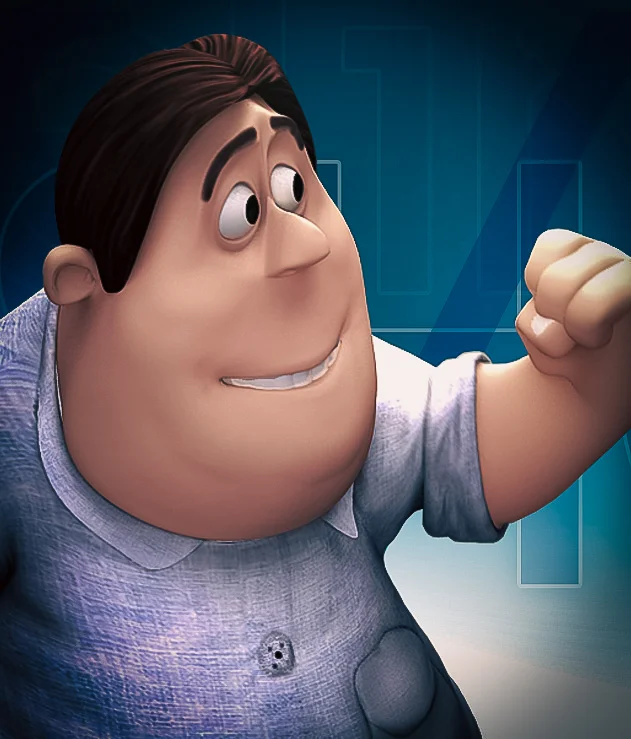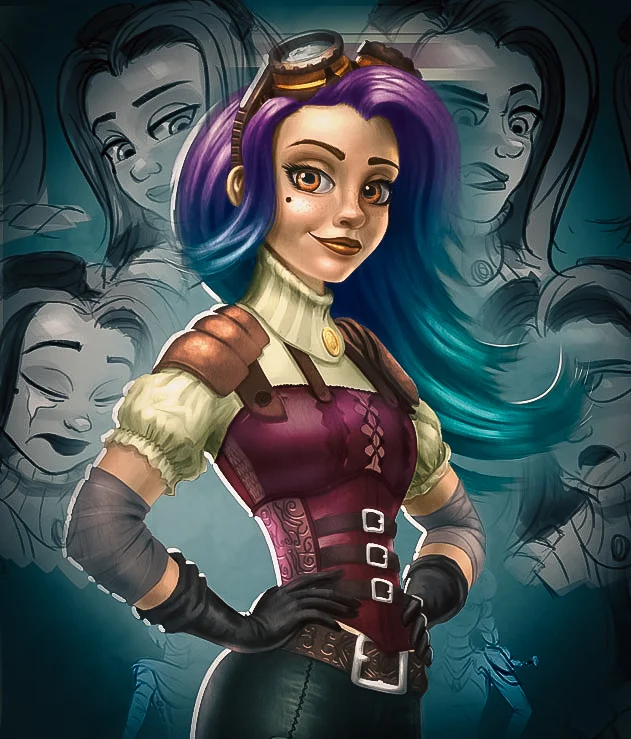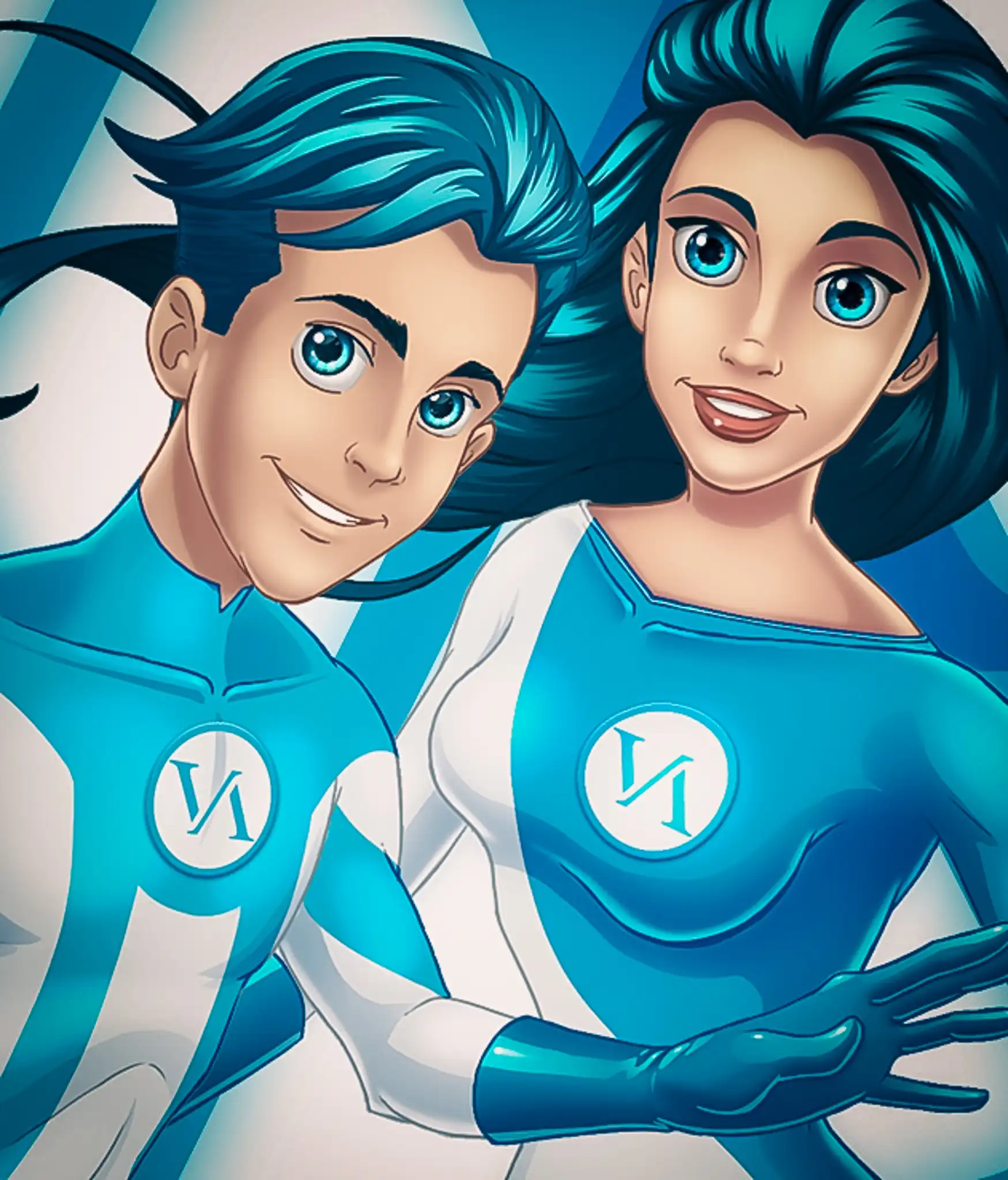 Imagen: Vector Mine (Adobe Stock)
Imagen: Vector Mine (Adobe Stock)
Author: VANAS
Intellectual Property for Digital Artists
Welcome to intellectual property (IP), a legal space where creativity intersects with law to protect and nurture the fruits of innovation and artistic expression. We'll explain how IP influences various creative fields such as concept art, animation, visual effects, video games, and computer graphics software.
IP protection is relevant if you're considering a career in the digital arts. VANAS Online Animation School offers comprehensive programs in Animation, Visual Effects, and Video Games that can help you turn your creative aspirations into a thriving career. Learn more about how VANAS can launch your career by visiting VANAS.
Disclaimer: This blog post is not legal advice; you should consult a legal advisor for guidance tailored to your situation.
Table of Contents
- Introduction to Intellectual Property
- Intellectual Property in Concept Art
- Intellectual Property in Animation
- Intellectual Property in Visual Effects
- Intellectual Property in Video Games
- Intellectual Property in Computer Graphics Software
- Famous Examples of Intellectual Property
- Frequently Asked Questions
Introduction to Intellectual Property
Imagine you've just created something unique—a painting, a story, a piece of software. Naturally, you want to ensure that your creation is protected from being copied without your permission. This is where intellectual property rights come in. Intellectual property refers to creations of the mind: inventions; literary and artistic works; designs; and symbols, names, and images used in commerce.
Intellectual Property in Concept Art
Meet Elena, a budding concept artist who dreams of crafting worlds for the next big sci-fi video game. Her unique creature designs are uniquely and distinctly her own. By understanding and utilizing IP rights, Elena can protect her original designs, ensuring that her creative visions are recognized as her personal and legal property.
Intellectual Property in Animation
Consider the journey of Alex, an animator who has developed a character with unique mannerisms and a captivating backstory. This character could potentially star in animated shorts or feature films. IP rights help Alex ensure that his character isn't used without his consent, preserving the originality and potential commercial use of his creation.
Intellectual Property in Visual Effects
Visual effects (VFX) are pivotal in creating the awe-inspiring spectacles seen in movies and TV shows. These effects are not just technical feats but also artistic creations protected under IP law. VFX studios often invest heavily in developing proprietary software and techniques to create specific visual effects, making IP protection essential for maintaining a competitive edge and fostering innovation within the industry.
Intellectual Property in Video Games
Video games are a synthesis of art, sound, narrative, and technology, each aspect covered by IP rights. For instance, game developers like Lisa use IP laws to protect their original game mechanics, character designs, and even the code itself. This protection is crucial for maintaining uniqueness in a highly competitive market.
Intellectual Property in Computer Graphics Software
Developing computer graphics software involves considerable intellectual and financial investment. Software like Maya or Blender is protected under IP law, which covers both the code and the user interface. Through IP, developers can license their software, allowing others to use it while still retaining ownership and control over how it's distributed and modified.
Famous Examples of Intellectual Property
- Mickey Mouse: One of the most famous examples of IP in animation, Mickey Mouse, is a trademark of Disney, showcasing the power of character branding.
- Photoshop: Adobe Photoshop is proprietary software protected by IP, illustrating how software can become an industry standard while still being a commercial product.
- Super Mario: This beloved video game character from Nintendo demonstrates the lasting value of well-protected IP in creating and sustaining iconic brands in the gaming world.
Frequently Asked Questions
- What are the different types of intellectual property rights?
Intellectual property rights can be categorized into four main types:
- Patents: These protect inventions and improvements to existing inventions.
- Trademarks: These protect brand names, slogans, logos, and other identifiers that distinguish goods and services.
- Copyrights: These protect original works of authorship, such as books, music, artwork, and software.
- Trade secrets: These protect confidential business information that provides a competitive edge, such as formulas, practices, processes, designs, instruments, or patterns.
- How does one apply for intellectual property protection?
The process for applying for intellectual property protection varies depending on the type of IP:
- Patents: You need to file a patent application with a detailed description of the invention and its use at a national or regional patent office.
- Trademarks: You must file a trademark application at a trademark office, indicating the specific goods or services you wish to cover.
- Copyrights: In many jurisdictions, copyright protection is automatic upon creation of the work, but you can register it to establish public record.
- Trade secrets: Protection does not require registration; instead, it relies on maintaining the secrecy of the information through security measures.
- Are there any limitations to intellectual property rights?
Yes, there are several limitations:
- Duration: Each type of IP has a different protection duration.
- Geographical: IP rights are typically only valid in the country or region where they are granted.
- Scope: The protection only covers the specific expression or implementation of an idea, not the idea itself.
- Fair use: Copyright law often allows limited use of copyrighted material without permission under certain conditions, termed "fair use."
- How long do intellectual property rights last?
The duration of IP rights varies:
- Patents: Usually last for 20 years from the filing date.
- Trademarks: Can last indefinitely, provided they are in use and properly renewed.
- Copyrights: Generally last for the life of the author plus 70 years (may vary by jurisdiction).
- Trade secrets: Remain protected as long as the secrecy is maintained.
- Can intellectual property rights be sold or transferred?
Yes, intellectual property rights can be sold, licensed, or transferred. Owners of IP can transfer these rights through various agreements:
- Assignment: Transferring ownership of the IP to another party.
- Licensing: Granting permission to another party to use the IP under specified conditions, without transferring ownership.
- Bequest: IP rights can be inherited or bequeathed as part of an estate.
These mechanisms enable the strategic use and commercialization of intellectual property, allowing creators and businesses to monetize their innovations and creative works.
Understanding and protecting intellectual property is a basic skill to have, especially in fields driven by creativity and innovation. VANAS Online Animation School provides education and training in Animation, Visual Effects, and Video Games, offering a solid foundation for your career in these dynamic industries. To learn more about how VANAS can help launch your career, visit VANAS.
Intellectual property is not just a legal tool but a every day element of the creative industries, ensuring that innovators can continue to create without fear of unauthorized use or competition undermining their efforts. It protects and encourages the cycle of creativity that fuels industries ranging from film to software development. As we close this discussion on intellectual property, remember that your creative outputs are valuable and deserving of protection.

